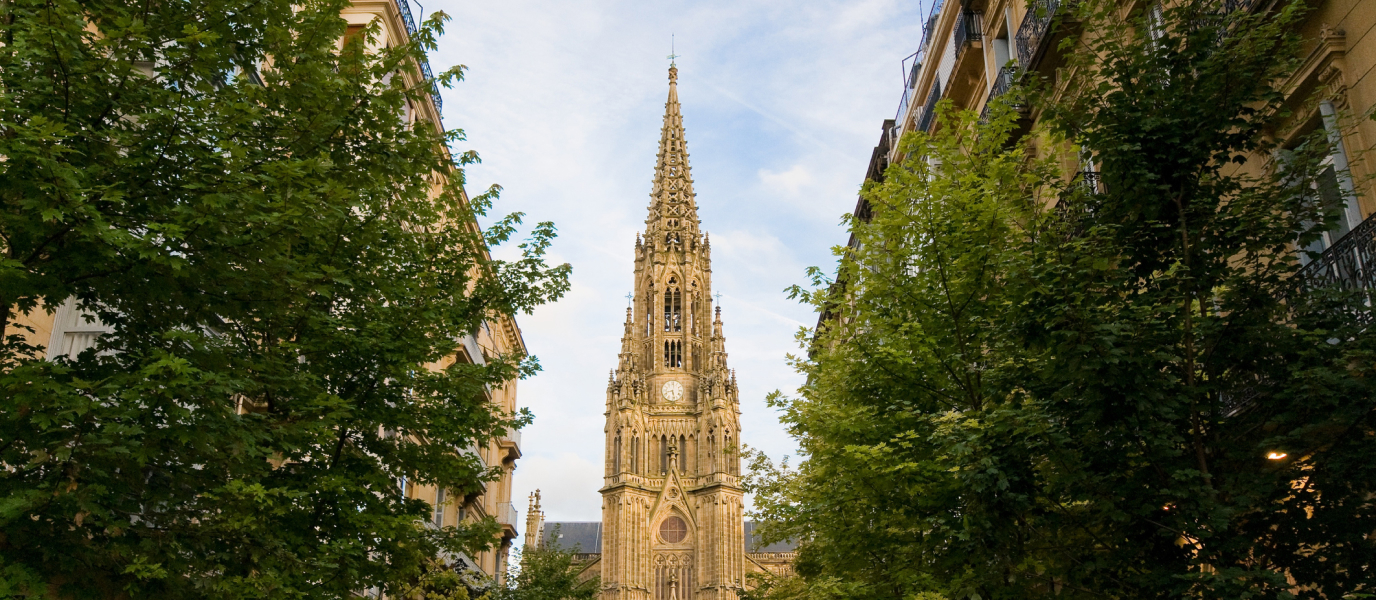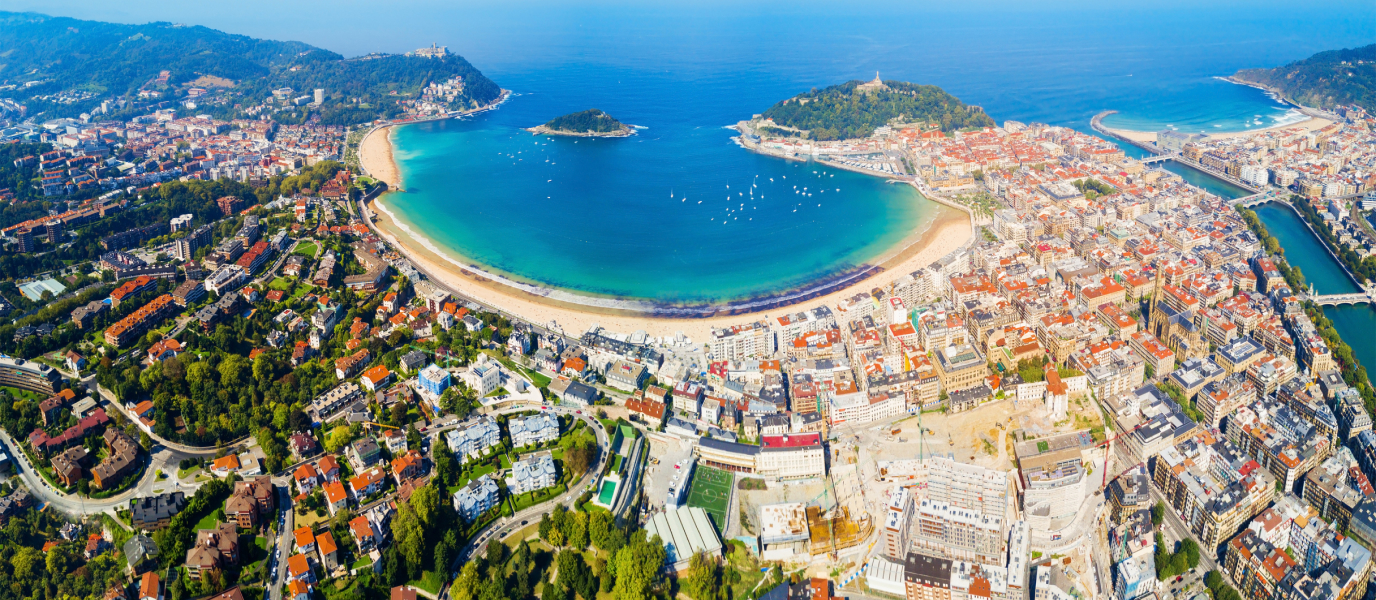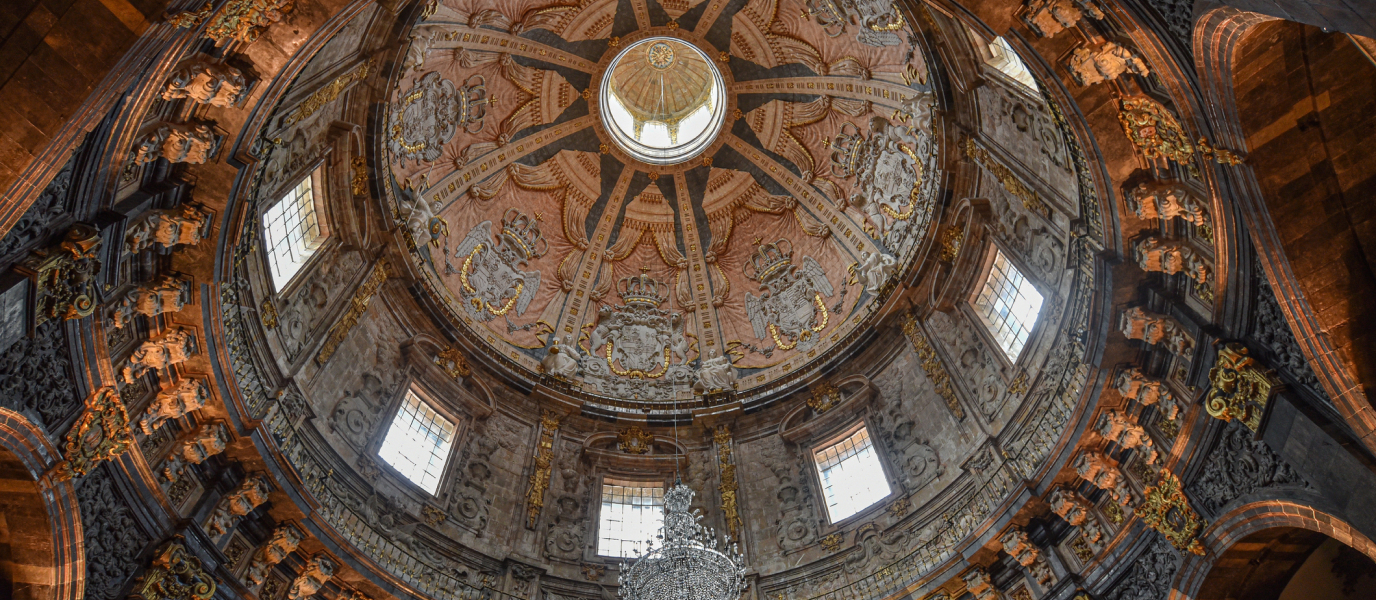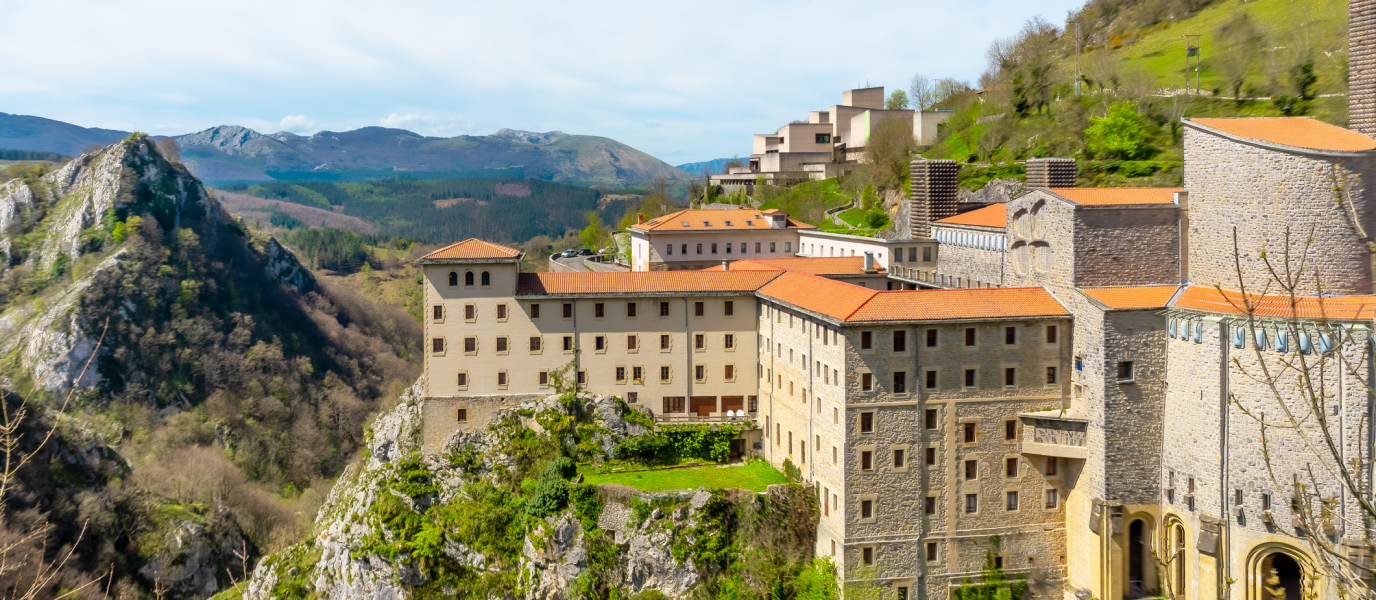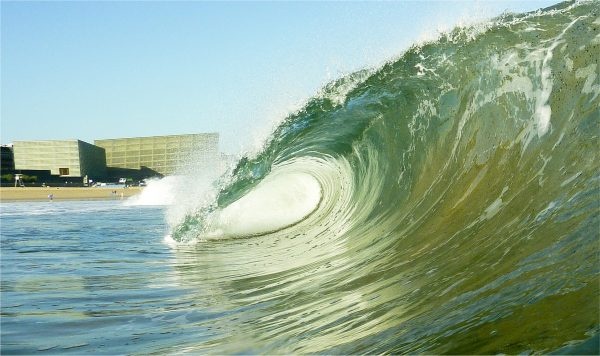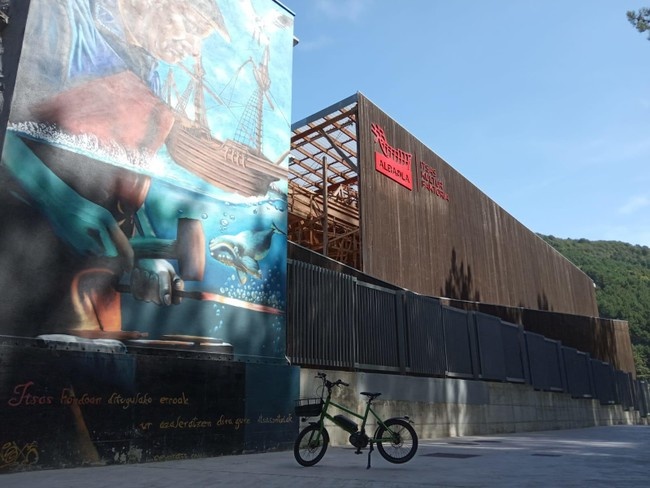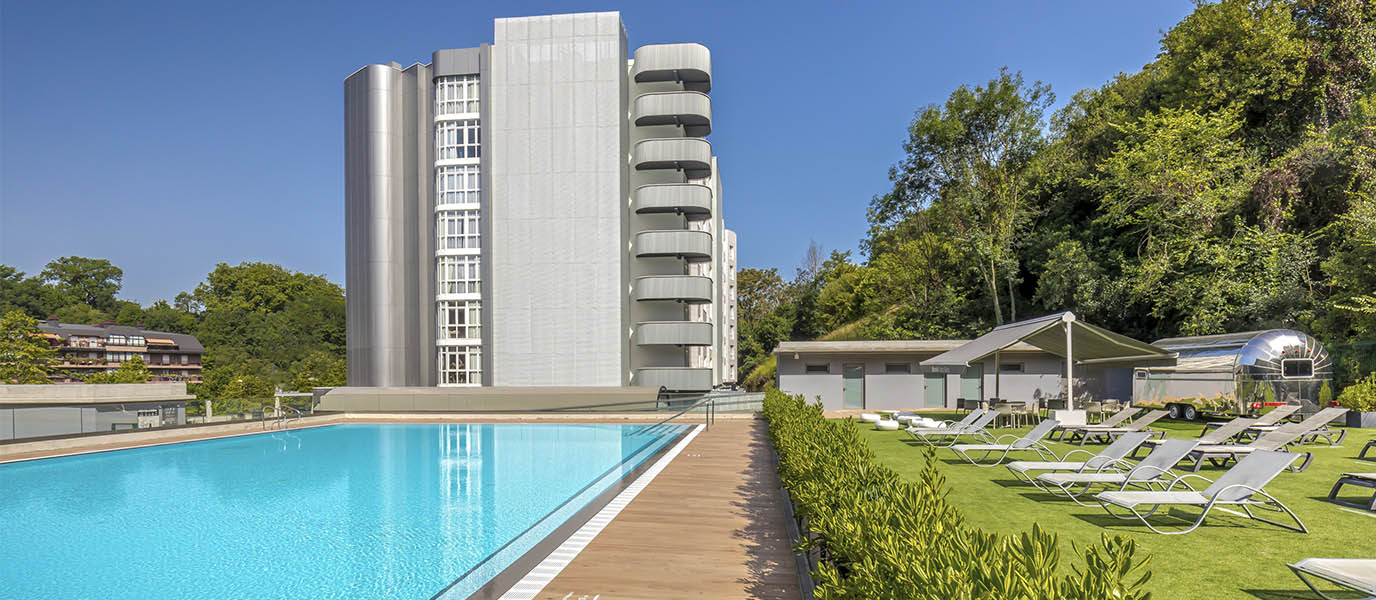The mid-19th century through to the early-20th was San Sebastián’s Belle Époque and the city’s most prosperous period. Following the death of Alfonso XII, the Queen Regent María Christina decided to summer in Miramar Palace, taking her entire court with her.
With plans for the Cortázar housing project well under way, San Sebastián was poised for a golden age that would see the construction of some its most impressive buildings, among them Miramar Palace, the Gran Casino (now the headquarters of the Town Hall), the Teatro de Victoria Eugenia and the Catedral del Buen Pastor.
This monumental and unique cathedral is worth examining in some detail.
Catedral del Buen Pastor throughout history
Residents of the southern area of the city had wanted a church for some time. The design of the cathedral was the subject of a competition in 1887, eventually won by the architect Manuel Echave.
A series of swamps at the proposed site of the cathedral meant it had to be drained before building work could begin. The first stone was laid on September 29th 1888 in a ceremony presided over by Queen María Christina and her children. It was the first time that the future Alfonso XIII (then just two years old) signed an official document, albeit helped by his mother.
Echave would spend the next nine years overseeing the construction works. The cathedral was built using sandstone from Monte Igueldo and hence has an intrinsic connection with the local environment. The inauguration on July 30th 1897 was attended by the royal family – no surprise given their strong ties to the area.
In 1953, a decision had to be made as to which church would be the headquarters of the new diocese of San Sebastián. It could be none other than Buen Pastor of course, given its unique blend of grandeur and modern features. Buen Pastor was conferred the title of cathedral that same year and underwent a series of remodelling works that befit its new status. It may not be the oldest cathedral in the world, but it certainly is magnificent.
Unique features of San Sebastián’s cathedral
Manuel Echave took direct inspiration from the Gothic cathedrals of Germany, especially Cologne Cathedral. The first sign of this influence comes in the form of the sheer vertical reach of the cathedral, accentuated further by the sharply-pointed arches, pinnacles and gargoyles, and several stained-glass windows, all of which showcase the Neogothic style of the building.
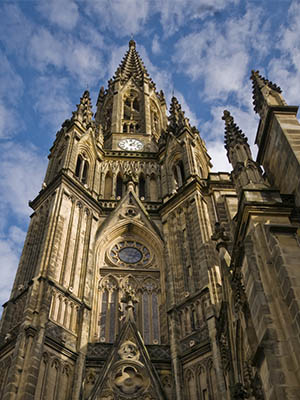
The airy cathedral is laid out in a Latin cross format with three naves, a crossing and a chancel. The first thing you notice is the needle-shaped, 75-metre high bell tower atop the entrance portico. Before you enter, look up and contemplate a sculpture by the genius Eduardo Chillida: La Cruz de la Paz, or The Cross of Peace, an alabaster work commemorating the cathedral’s centenary. The cross was donated by Chillida and adorns the cathedral’s main facade.
Once inside, the enormous pilasters give way to the beautiful stained-glass windows. Juan Bautista Lázaro was the mind behind these works of art, constituting one of the most decorative and important features of the cathedral. The windows in the apse, depicting the Twelve Apostles, are particularly impressive. The stained glass spans almost the entire length of the side walls and confers a greater sense of spirituality on the space, not to mention flooding it with natural light. Two rose windows adorn both sides of the crossing.
The Catedral del Buen Pastor has capacity for 4,000 people and is one of San Sebastián’s must-see buildings. Take a walk around the outside to marvel at its Gothic features, then step through the doors and feel the magic of the space.
Plaza del Buen Pastor and nearby buildings
The cathedral is located in the plaza of the same name. You may want to visit other buildings of note just a stone’s throw away.
- Koldo Mitxelena Kulturunea. This cultural centre was named after the famous linguist Koldo Mitxelena, one of the main authorities on the Basque language in his time. The building was opened in 1993 and has a well-stocked library and several rooms for exhibitions and events. Entrance is free.
- Correos building. The former Escuela de Artes y Oficios (School of Arts and Trades) at the southern end of the Plaza del Buen Pastor was completely renovated in the early 20th century to accommodate the headquarters of the postal service. Outside, the building retains the magnificent ceramic frieze on the main facade. Don’t forget to take a look inside while you’re in the plaza.
It’s just a short walk from the cathedral to Playa de la Concha and the Teatro Victoria Eugenia. Complete your day with a pintxo crawl through the old town – try bars such as Zeruko, Casa Bartolo and La Mejillonera.




































































